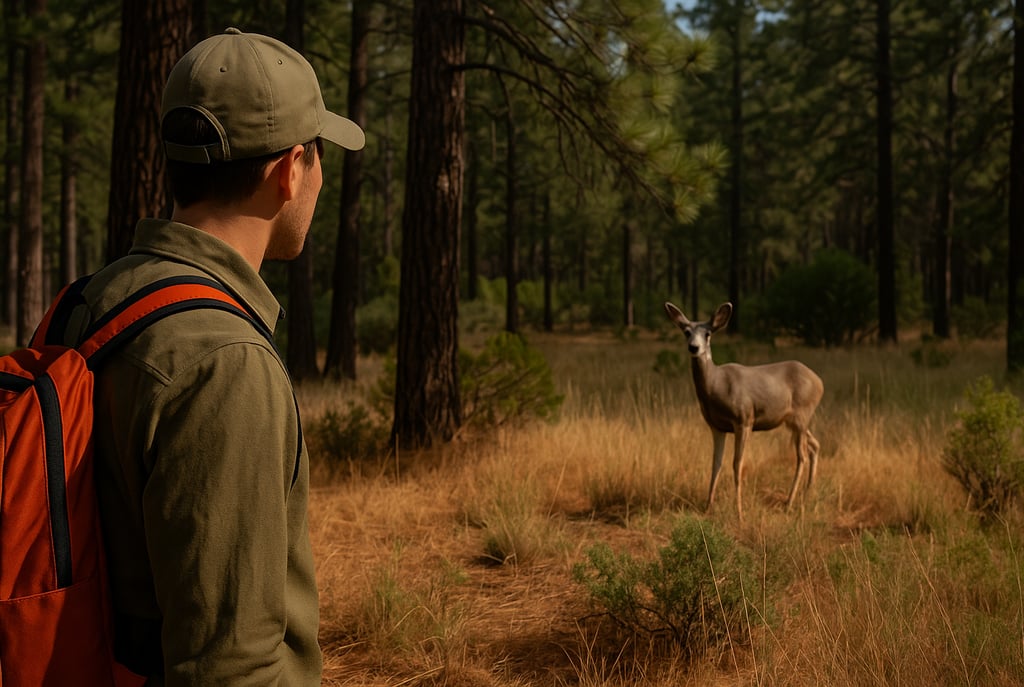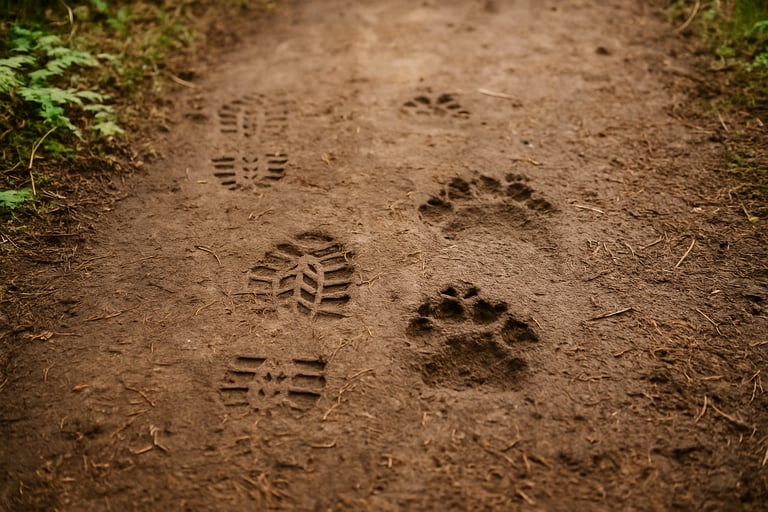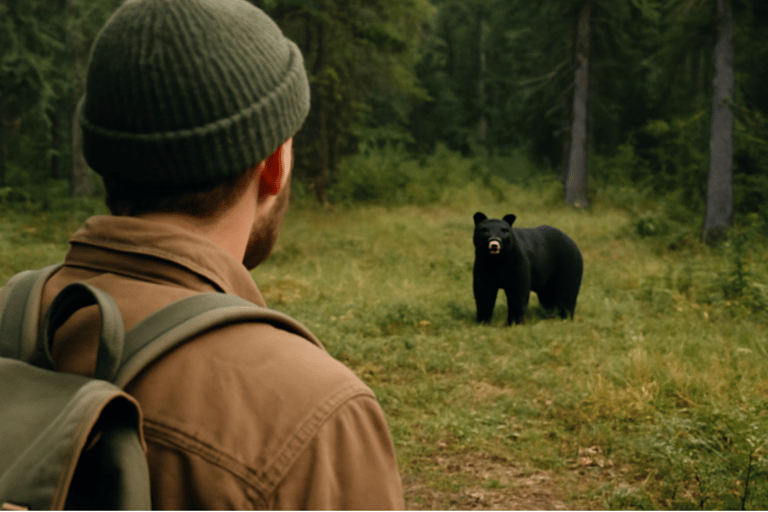Using Wildlife Awareness to Stay Safe While Hiking or Camping
Learn how to stay safe in the wild with essential wildlife awareness tips. Discover how to avoid animal encounters, recognize tracks and signs, and camp smart in bear, cougar, or snake territory.


Using Wildlife Awareness to Stay Safe While Hiking or Camping
Why Wildlife Awareness Matters in the Outdoors
When you're hiking or camping in the wilderness, you're entering the home of countless wild animals. Most are shy and avoid humans, but knowing how to stay aware and avoid risky encounters is key to a safe and enjoyable experience. Whether you're in bear country or rattlesnake terrain, basic wildlife awareness gives you confidence and helps you stay calm and alert.
This article will walk you through practical steps to minimize danger while maximizing your connection with nature.
Understanding the Local Wildlife Before You Go
Before heading into any wilderness area, learn what kinds of animals inhabit the region. National park websites, ranger stations, and hiking forums often have up-to-date info. Are you in cougar country? Bear territory? Do rattlesnakes or wild boars frequent the trails? Knowing who lives there helps you prepare both mentally and physically.
Research also helps you understand what time of day animals are most active. Many predators and large mammals are crepuscular — meaning they’re out at dawn or dusk — which may influence when you hike or set up camp.
Reading Signs of Animal Presence
Learning to recognize signs of wildlife is like reading the forest's clues — it gives you a glimpse into which animals are nearby and what they’ve been up to. Animal tracks, droppings (called scat), claw marks on tree bark, and disturbed soil can all help you identify who’s been in the area. For instance, bear scat tends to be large and may contain visible bits of berries, seeds, or fur, depending on what the bear has eaten. If you find fresh tracks near a creek or pond, it could mean that animal visits the spot regularly to drink.
If you're hiking and suddenly hear birds fall silent or squirrels stop chattering, it could mean a predator is nearby. Listening to nature is a skill — one that could make all the difference in avoiding a close encounter.
How to Avoid Attracting Animals to Your Camp
One of the most common causes of wildlife encounters is food. Always store food properly in bear canisters, hung from a tree, or in your vehicle, if allowed. Avoid cooking close to your tent, and never leave scraps or trash lying around.
Scents also attract animals. Toothpaste, sunscreen, and even deodorant can draw attention. Use unscented products when possible, and store all scented items securely with your food.
Keeping a clean camp not only protects you, it also protects the animals from becoming too comfortable around humans, which often leads to them being relocated or euthanized. For detailed guidance on how to store food in the wilderness without attracting animals, check out our food safety tips.
What to Do If You Encounter Wildlife
Encounters can happen and staying calm is key. If you see a bear, don’t run. Speak calmly, back away slowly, and make yourself appear larger however possible. If it’s a black bear, you may need to stand your ground and be loud. For grizzlies, avoid eye contact and try to leave the area quietly.
With snakes, step back slowly. Never attempt to touch or move them. Most will slither off on their own if not threatened.
Mountain lions require a different response: don’t turn your back. Face them, raise your arms, speak firmly, and slowly back away without crouching or running.
Each animal behaves differently, so brush up on species-specific strategies before your trip.
Final Thoughts: Confidence Comes from Awareness
You don’t have to be afraid of the wilderness to be respectful of it. Wildlife awareness gives you the tools to coexist peacefully with nature while keeping yourself and the animals safe. With a little preparation and attentiveness, you can hike, camp, and explore with confidence — knowing you’re not only surviving, but thriving in wild spaces.




© 2025. All rights reserved About | Privacy Policy | Terms and Conditions | Affiliate Disclosure | Disclaimer


